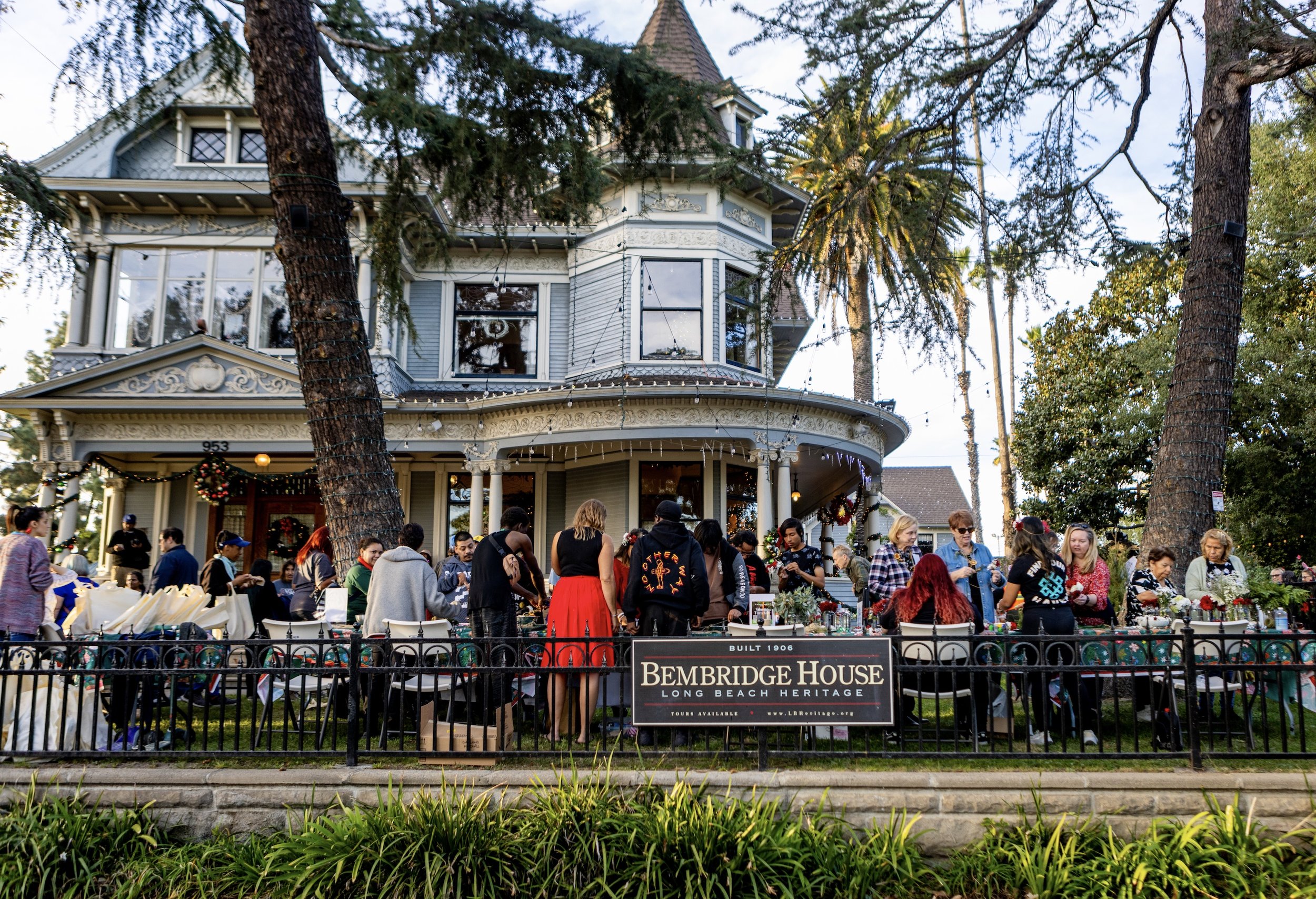
Community Projects
Willmore City Community Association has successfully secured and reinvested $1 million in grants for a variety of community projects in Willmore City. These funds have been allocated to improve the quality of life for Willmore City residents through numerous initiatives, such as: providing books, backpacks, and school supplies to children; enhancing parkway aesthetics and planting trees; boosting bicycle and pedestrian safety; creating a small park; establishing a green alleyway; developing a children's garden; adding vibrant murals; installing historic district street signs; and much more. The accomplishments of Willmore City Community Association have established it as a leading model, often serving as a benchmark for neighboring community associations.
List of Past Projects
Improvement of existing Cesar Chavez Amphitheater, adding electricity and installing a shade structure.
Cesar Chavez Park Children’s Gateway Garden
Willmore Heritage Garden and Bioswale.
Implemented a green alleyway project at W. LA Reina Way.
6th St. Bridge Mural.
Installation of Willmore City Historic district street signs.
Annual family friendly community events:
Neighborhood beautifications and tree plantings through out WIllmore City.
